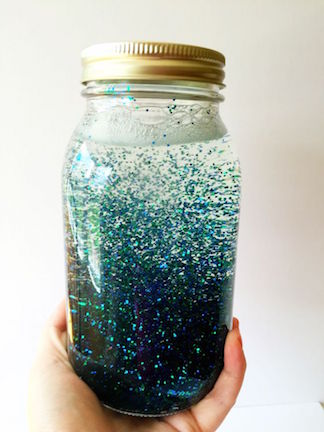The other day I was asked to teach a 30min mindfulness session to a corporate company that promotes wellness. As usual in my session, I start with an introduction about what the session will be about, how long it will be and what I expect of people.
It strikes me every time how people react with surprise when I tell them how the session will take place. It seems that people have expectations of what meditation should be, and how it is actually practiced. The following four misconceptions are the ones generally met with surprise:
1) You cannot move during mediation.
Yes you can, if you feel discomfort or tension, please do move! Meditation is not here to punish you. You are a living, breathing human being. Your heart beats, your blood pumps, you are not stone. You can move.
2) You have to sit – cross-legged and upright.
No, not at all. People tend to react with great astonishment when I say that during mediation, you can even lie down. Just make sure your upper body is aligned as it helps with the breathing. An aligned body means an aligned breath. Other than that, be as comfortable as you like. Some people find cross-legged comfortable and others don’t. How can you focus on breathing if you are in pain? Sit however is comfortable for you. Heck, I sometimes even walk when meditating. You do you.
3) You have to have your eyes closed.
Sometimes I mediate with my eyes open. I like to just gaze down and focus on a point in front of me. At times I just don’t feel like it, and I don’t know why. Perhaps I am not in the right mindset or don’t feel comfortable enough in my surroundings. But the point is that you just don’t get distracted. You can gaze where you want as you want as long as you have a soft focus and don’t wonder around with your eyes to get distracted.
4) You have to fully emerged in the meditation.
People tend to look at me with utter surprise when I tell then they can drink during meditation. It’s best to have a cup of tea with you or a water. Sometimes we sit there and notice: Damn, I am perished or hungry. These are just your bodily needs and that is fine. You can drink anytime, you can pop out of the meditation and join back in – it should be to your comfort at your time and your pace.
Mediation is your time for you. Do it so it feels like its benefiting you and do it with no judgement. Its about accepting whatever comes up in that moment and not about punishment or perfection.

To learn more about my services or about general topics in life I stumble on – follow my blog on nikafiguringitout.wordpress.com













Recent Comments